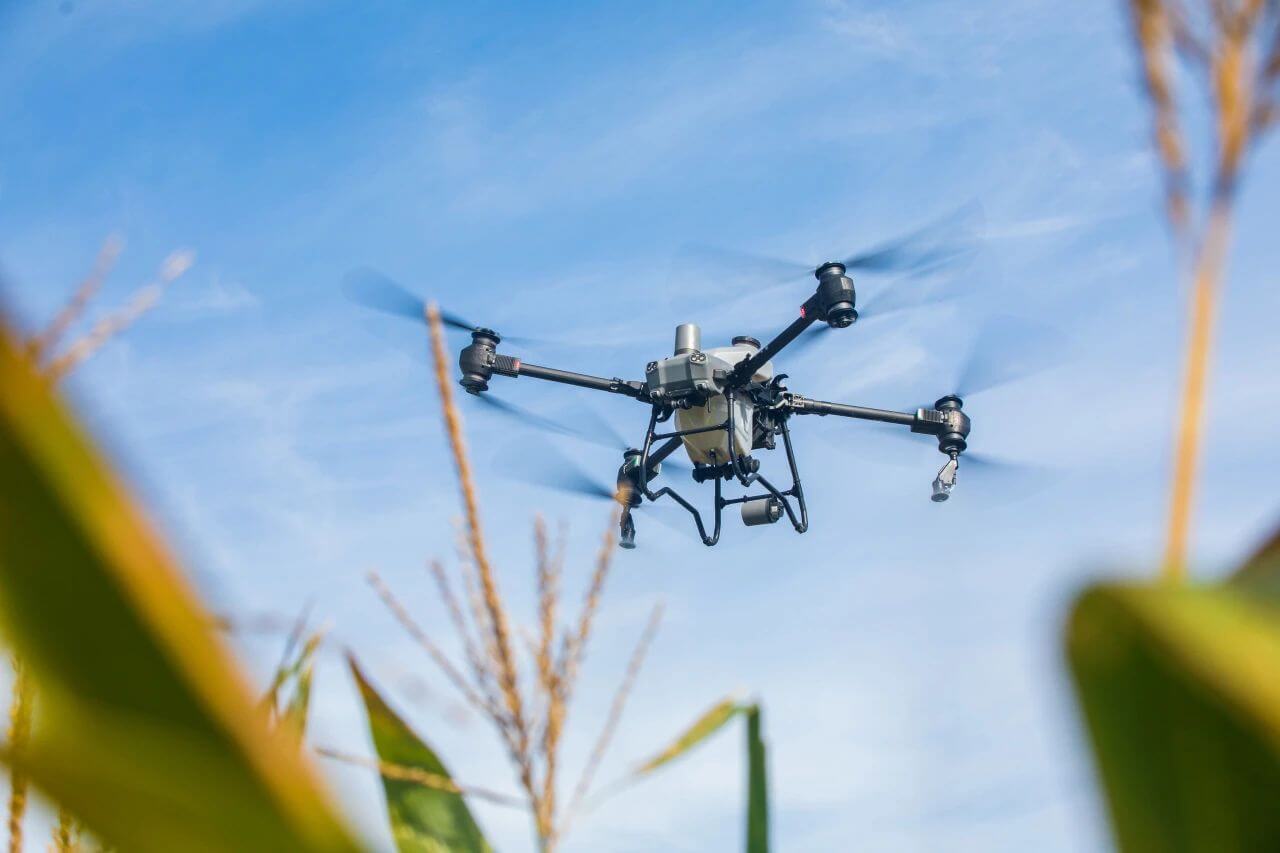The Future of Sports: Unveiling Drone Racing
Drone racing, a thrilling fusion of aerial technology and competitive sports, is rapidly gaining global traction. Pilots navigate high-speed drones through complex courses, showcasing skill, precision, and adrenaline-fueled excitement. The question is, how does one master the art of drone racing?
What is Drone Racing?
Simply put, drone racing involves piloting lightweight, maneuverable drones with incredible speed, competing against others for the fastest lap times on intricate courses. Hobbyists and professionals alike are finding interest in this emerging sport due to its unique blend of technology and athleticism. Drone manufacturers have capitalized on this by producing more advanced racing models year after year.
The Technology Behind Drone Racing
At the core of drone racing lies the technology that powers these aerial marvels. Racing drones are equipped with cutting-edge features like exceptional flight control systems, high-definition FPV (First-Person View) cameras, and powerful motors that allow them to navigate at speeds often exceeding 100 mph. The pilot’s skill, combined with efficient drone tech, differentiates champions from novices.
Drone Racing: A Sport and Industry
The surge in drone racing popularity has spawned not just competitive leagues but also a burgeoning industry. Training academies, customized drone parts, and media coverage are contributing to an ecosystem that supports enthusiasts worldwide. Events like the Drone Racing League (DRL) are live-streamed, garnering impressive viewership and transforming the sport into a spectator phenomenon.
Getting Started in Drone Racing
For newcomers, learning about drone racing starts with understanding its fundamentals. Aspiring racers should gain hands-on experience with drone flight, basics of control, and navigation through practice sessions in safe environments. Many online platforms and forums offer detailed guidance on the best equipment to get started.

Build and Customize Your Racing Drone
Customization is key in drone racing. Enthusiasts often build their drones from scratch, choosing every component based on personal preferences and competitive needs. This customization allows for improvements in speed, agility, and durability. Advanced pilots experiment with features like weight optimization, advanced camera systems, and enhanced battery capacity to gain a competitive edge.
Drone Racing’s Impact on Technology
The evolution of drone racing has driven significant advancements in technology. Innovations initially forged for racing now benefit various sectors such as delivery services and photography. The demand for improved flight stability, GPS navigation, and real-time video streaming has catalyzed broader applications.
Frequently Asked Questions
Q: What safety measures are in place for drone racing?
A: Safety is paramount in drone racing with regulations requiring specific safety gear and controlled environments for official races. Pilots wear goggles for FPV and maintain lines of sight through display screens.
Q: Can anyone participate in drone racing?
A: While open to enthusiasts, formal participation might require registrations with leagues or adherence to specific qualifications. Training and proficiency in drone handling are advisable for serious contenders.
Q: What is the cost of entering drone racing?
A: Costs vary widely based on equipment and customization. Starter kits can be relatively affordable, but professional-grade drones and parts can be costly.
By embracing innovation and passion, drone racing is not just the sport of tomorrow but a technological beacon inspiring diverse applications today.